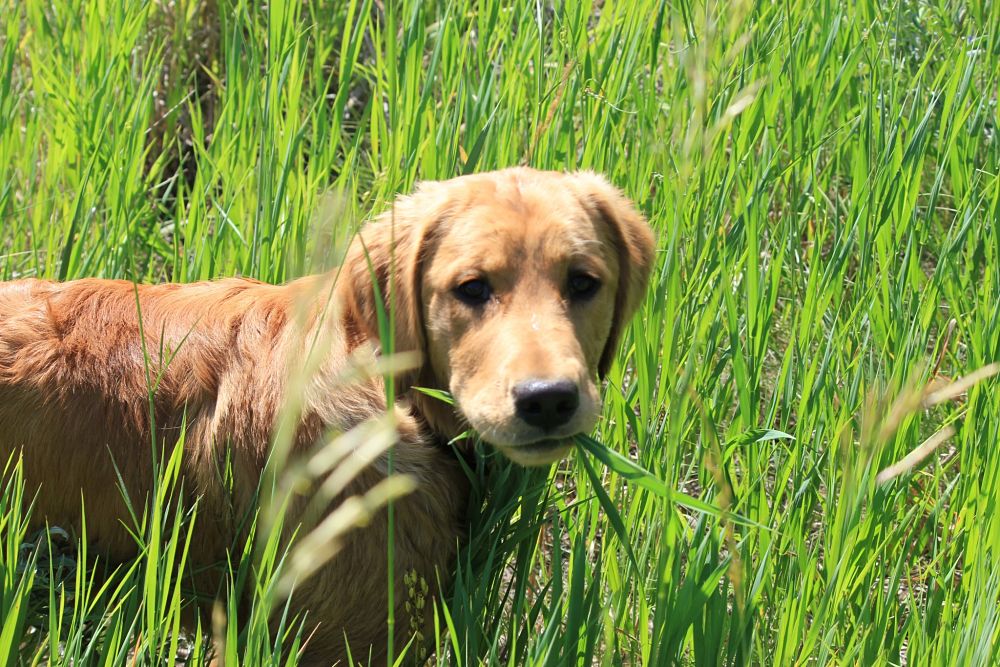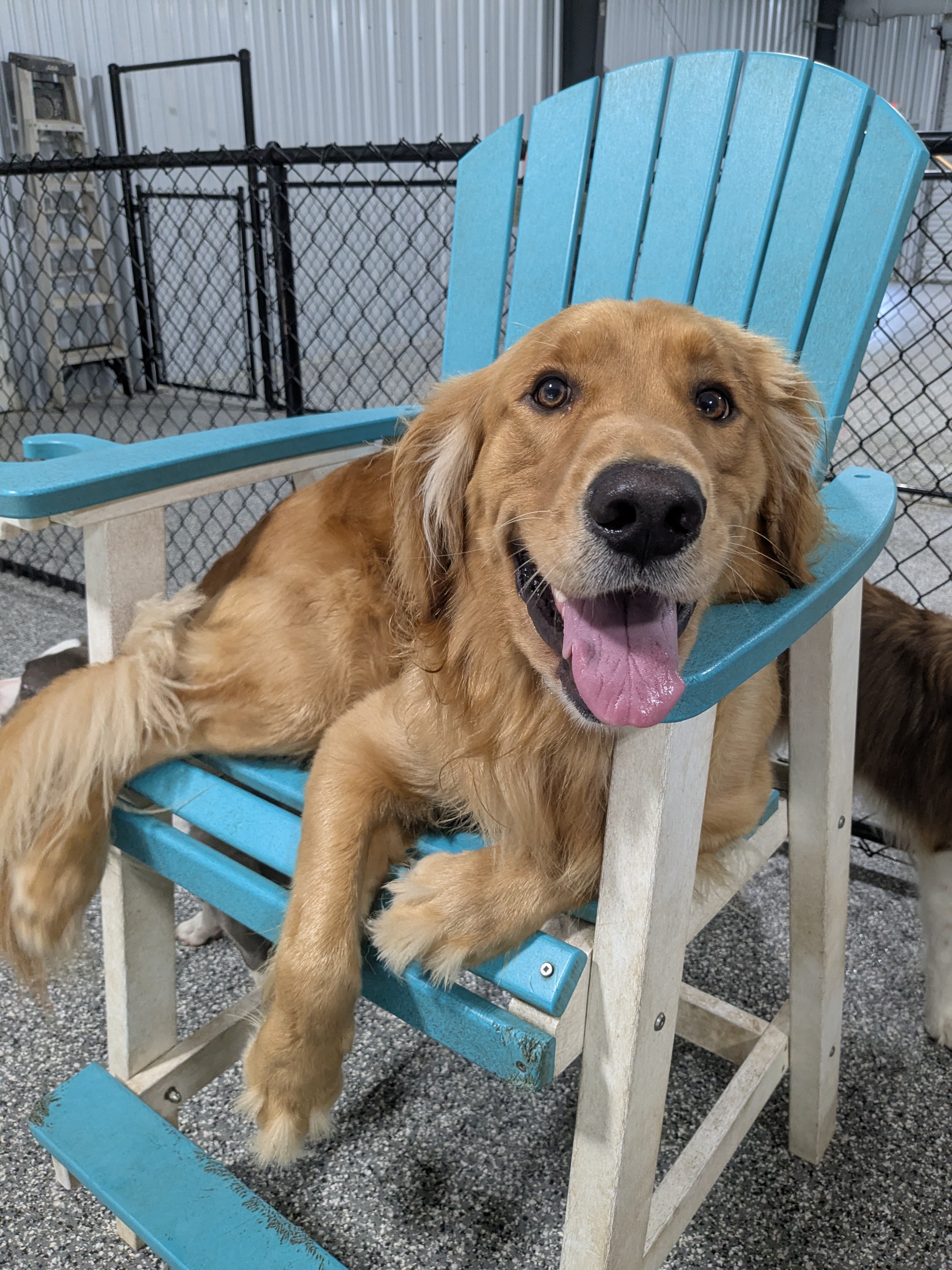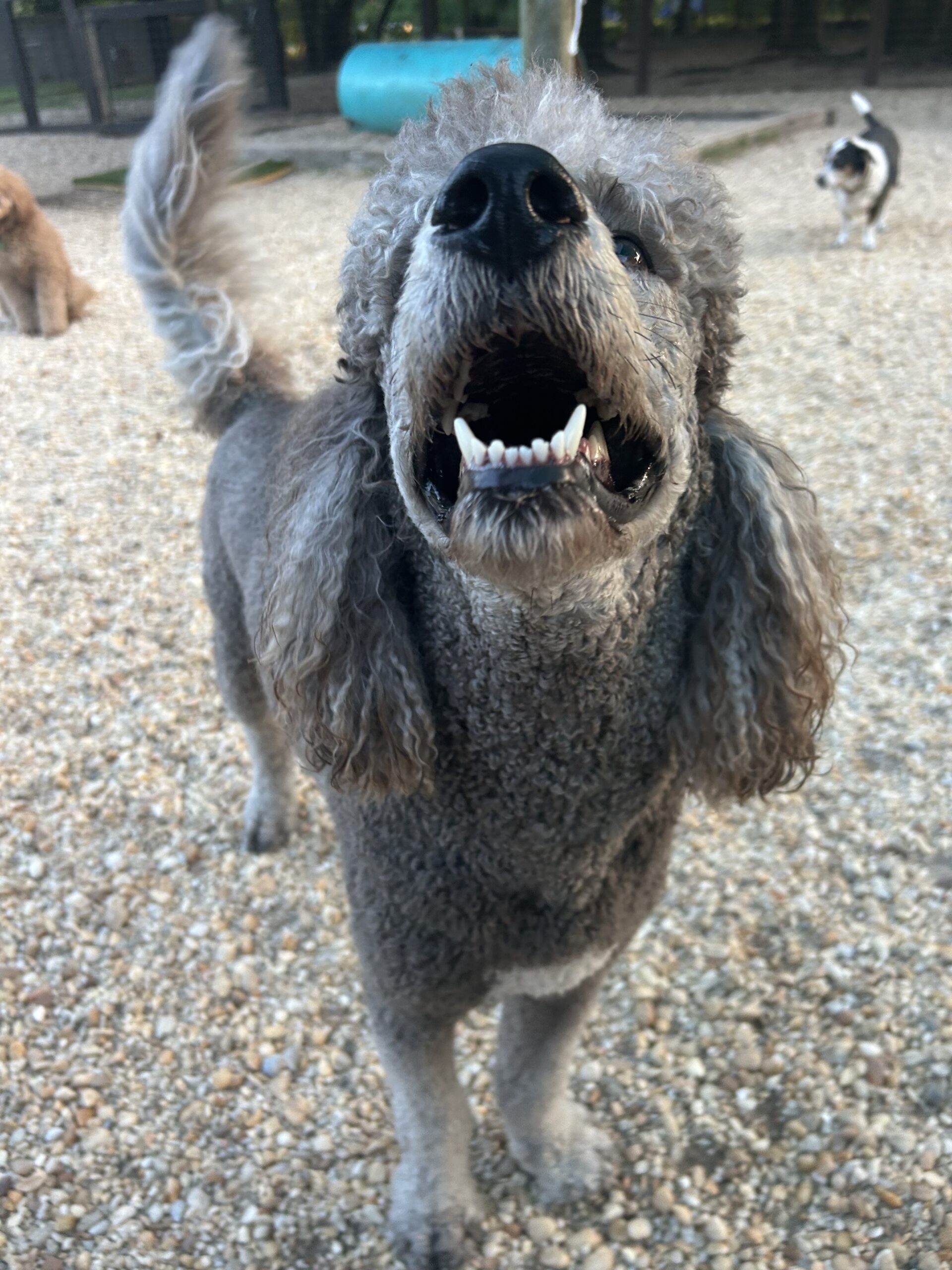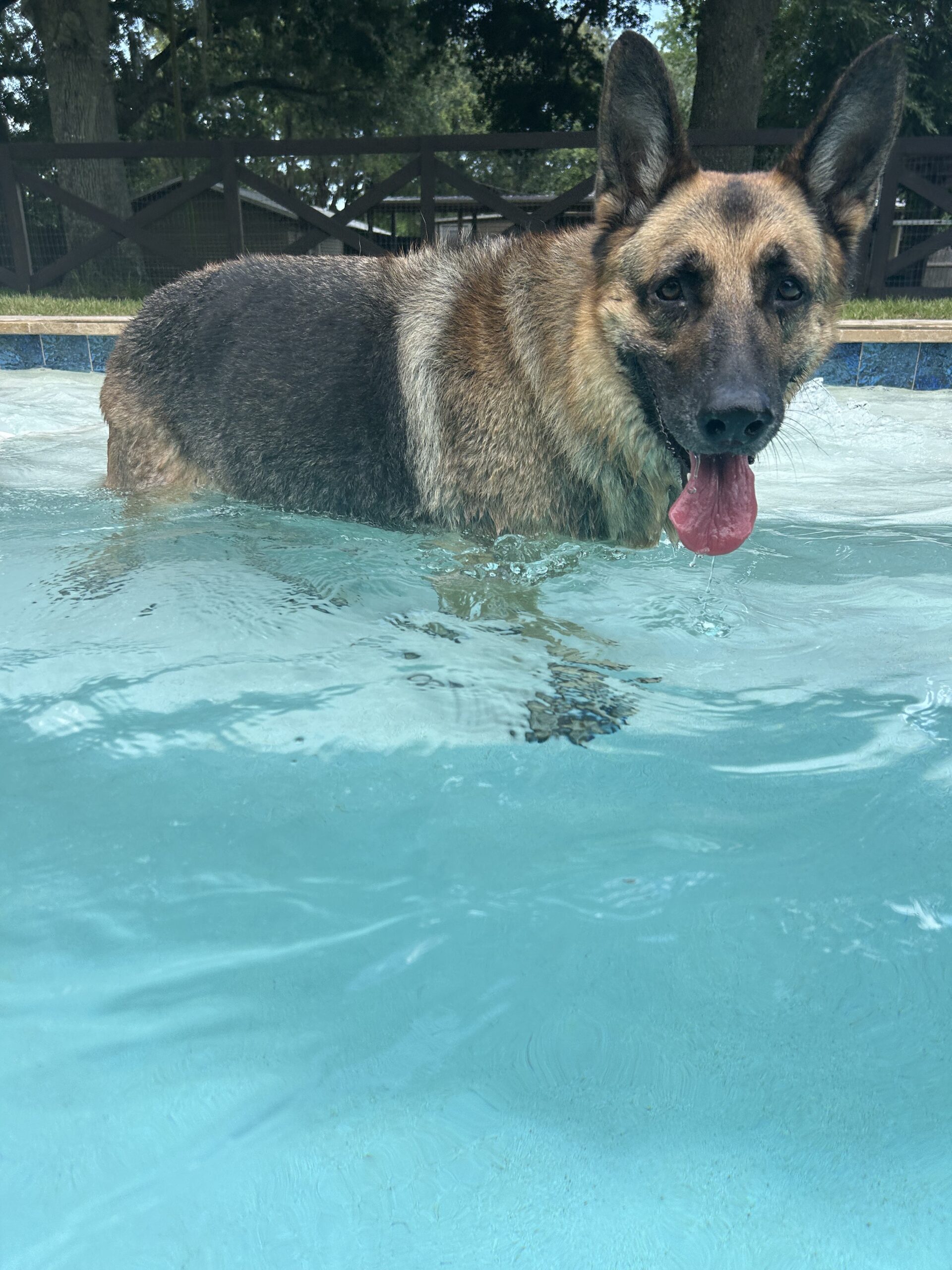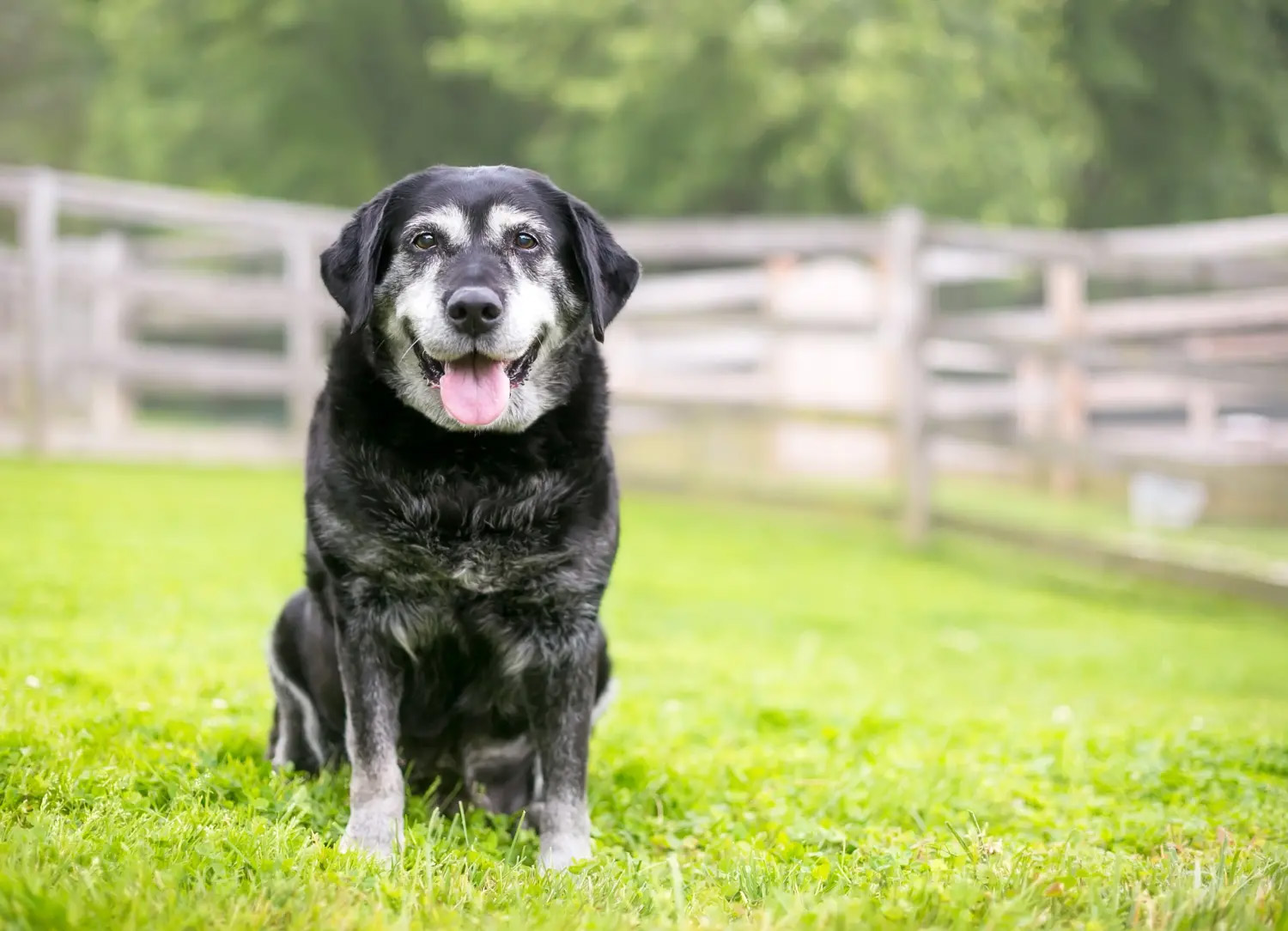The Canine Curiosity Conundrum
Dogs have been our loyal companions for thousands of years, yet there are still so many things about their behavior that leave us scratching our heads. If you’ve ever watched your dog munch on grass like a goat, spin in circles before lying down, or bark at seemingly nothing, you’re not alone. These oddball behaviors are not just quirky traits—they often have deeper roots in instinct, communication, or even health. Today, we’re diving into the wonderfully weird world of dog behavior, shining a light on some of the most commonly searched dog habits and what they really mean.
Why Dogs Eat Grass: Grazing or Gut Instinct?
One of the most common questions dog owners ask is, “Why does my dog eat grass?” It seems unnatural, especially when your pup has a bowl full of perfectly good dog food. Theories abound, but there’s no one-size-fits-all answer.
For some dogs, eating grass is just a way to settle an upset stomach. It’s believed that the texture of grass can help them vomit, especially if they’re feeling nauseous. Others suggest it could be due to a nutritional deficiency—perhaps your dog is craving fiber or lacking in certain vitamins.
However, many veterinarians agree that most grass-eating dogs aren’t sick at all. It might just be something they enjoy doing, like a doggy version of snacking or curiosity. As long as the grass isn’t treated with chemicals and your pup isn’t throwing up every time, it’s usually harmless. That said, if you notice obsessive grass eating or other signs of digestive distress, it’s worth checking in with your vet.
Spinning Before Sleeping: An Ancestral Echo
If your dog does a few twirls before settling into their bed, it’s not because they’re trying to look cute (though they absolutely do). This behavior is rooted in survival instincts from their wild ancestors. Dogs in the wild would trample down tall grass or brush to create a safe and comfortable sleeping spot. The spinning may also help align their body for optimal warmth or wind protection.
Interestingly, this ritual can also be linked to a dog’s desire to feel secure. By circling, they ensure their resting place is free from hidden threats. So next time your pup takes a few extra seconds to nestle in, just know they’re channeling their inner wolf.
Zoomies: The Unleashing of Built-Up Energy
Also known as FRAPs (Frenetic Random Activity Periods), zoomies are those wild bursts of energy where your dog dashes around the yard or house like a maniac. These episodes are completely normal and usually happen after a bath, during play, or when they’re especially happy.
Zoomies are your dog’s way of releasing pent-up energy. It’s kind of like when a kid finally gets recess after sitting in class all day. It can look a little chaotic, but as long as they’re in a safe space (read: no slippery floors or sharp corners), let them zoom. It’s actually a sign of a healthy and happy pup.
Sniffing Other Dogs’ Butts: More Than Just Rude
To us, it might seem like an awkward introduction, but in the dog world, sniffing another dog’s behind is the equivalent of shaking hands. Dogs have incredibly powerful noses, and those scent glands near their tails contain a treasure trove of information—age, gender, diet, emotional state, and more.
This behavior is deeply ingrained in their communication system. So, the next time you see your dog greet a new furry friend with a rear-end investigation, just remember—they’re gathering data, not being impolite.
Howling at Sirens or Music: A Canine Chorus
You’re enjoying a peaceful evening when suddenly your dog starts howling along with the siren of a passing ambulance or the tune of your favorite song. This behavior is also a throwback to their wild ancestors. Wolves howl to communicate with their pack, and domesticated dogs retain that instinct.
High-pitched sounds often mimic the tonal frequency of a howl, triggering your pup’s need to join in. It’s their way of saying, “I hear you, and I’m here too!” Some breeds, like Huskies and Beagles, are more prone to this behavior than others due to their strong vocal instincts.
Digging: Treasure Hunting or Stress Relief?
If your backyard looks like a minefield, you’re not alone. Dogs dig for a variety of reasons—sometimes it’s boredom, sometimes it’s instinct, and other times it’s simply for fun. Certain breeds, like Terriers, are more inclined to dig because they were bred to hunt underground prey.
Digging can also be a way for dogs to cool off. They may dig into the soil to lie in the cooler earth during hot weather. In more anxious pups, digging can be a form of stress relief or a way to cope with separation anxiety. Offering mental stimulation and toys can help redirect this behavior in a healthy way.
Tilting Their Heads: Adorable and Analytical
Is there anything cuter than a dog tilting their head in curiosity when you speak to them? This charming habit may be more than just an attempt to melt your heart. Experts believe dogs tilt their heads to better hear and locate the source of a sound. It could also be a way of trying to understand the tone or emotion in your voice.
Some theories suggest that certain breeds with longer snouts tilt their heads to see better, as the tilt helps them align their field of vision. Regardless of the reason, it’s one of those behaviors we’re happy to encourage.
Licking Everything: Affection or Anxiety?
Dogs explore the world through their mouths, so licking is pretty natural. They lick people to show affection, signal submission, or seek attention. When dogs lick themselves excessively, however, it could indicate allergies, irritation, or even anxiety.
Compulsive licking, especially when directed toward a specific spot, should be monitored. It might be due to an underlying issue, such as joint pain or obsessive-compulsive disorder. If your dog suddenly starts licking more than usual, a visit to the vet can help rule out medical causes.
Chasing Their Tails: Playful or Problematic?
A tail-chasing pup might seem hilarious at first, but if it becomes frequent, it’s worth a second look. Puppies often chase their tails out of playfulness or curiosity. However, if an older dog suddenly starts spinning in circles, it could be due to boredom, frustration, or even a medical issue like an allergy or infection near the tail area.
Some dogs also chase their tails due to obsessive behaviors or neurological problems. While it’s usually harmless, excessive tail-chasing is worth bringing up with your vet, especially if accompanied by other unusual behavior.
Staring at You: Love or Challenge?
Have you ever caught your dog staring at you for what feels like an uncomfortably long time? While this can feel a bit intense, in most cases it’s a sign of affection or a desire for communication. Dogs are incredibly tuned in to our emotions and body language. When they stare, they’re often trying to understand us or waiting for cues.
On the flip side, hard staring in dog-to-dog interactions can be seen as a challenge or sign of dominance. Context matters. If your dog stares at you while wagging its tail and looking relaxed, it’s probably just love.
Embrace the Quirks
Dogs are complex, intelligent, and endlessly fascinating. Their behaviors may seem bizarre to us, but most of them have perfectly reasonable explanations rooted in evolution, communication, or health. As dog owners, understanding these quirks not only helps us bond more closely with our furry friends but also allows us to be better advocates for their well-being.
At Seapaws, we believe in caring for the whole dog—mind, body, and soul. Whether they’re playing with friends in daycare or relaxing in our doggy suites, we understand that every dog is unique. And part of loving them is embracing all their weird and wonderful ways.

